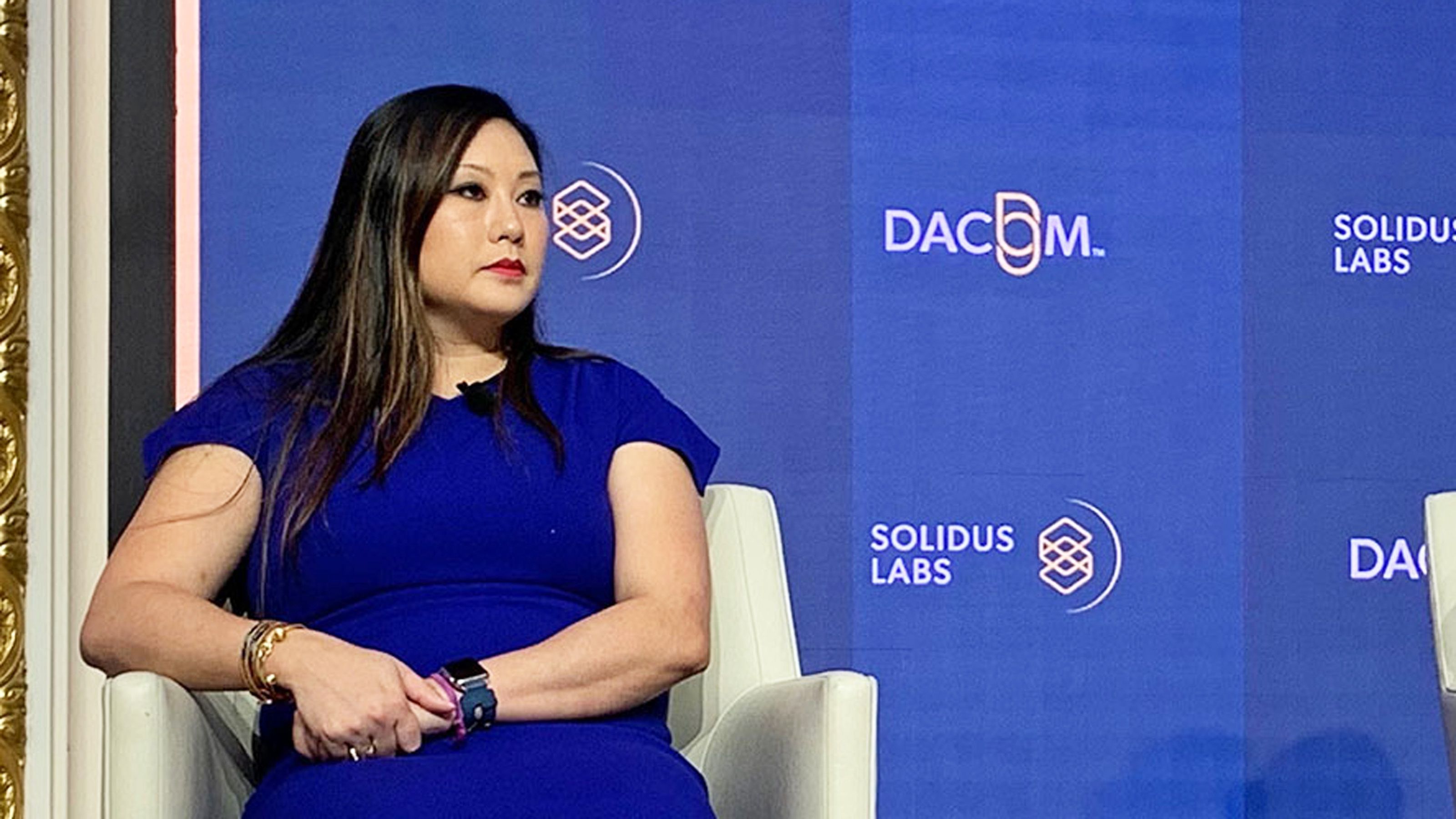ARTICLE AD
A team of chemists, led by Bartosz A. Grzybowski from the Korea Institute for Basic Science and the Polish Academy of Sciences, has embarked on an unprecedented initiative, utilizing blockchain technology to simulate over 4 billion chemical reactions crucial for unraveling the mysteries of early Earth’s origins. This groundbreaking approach repurposes cryptocurrency mining processes to tackle intricate scientific inquiries, showcasing the versatility of blockchain beyond its financial applications.
The researchers set out to explore the potential emergence of primitive forms of metabolism without relying on enzymes. To accomplish this, they carefully selected primordial molecules like water, methane, and ammonia, and established rules for potential reactions.
Chemists Harness The Power Of Blockchain
Converting this data into a computer-understandable language, the team leveraged blockchain technology to perform calculations within a massive reaction network named the Network of Early Life (NOEL). The computations were distributed globally using the Golem platform, rewarding participating computers with cryptocurrency for their computational contributions.
Starting with over 11 billion reactions, the NOEL network was eventually refined to nearly 5 billion plausible reactions. Within this extensive network, the researchers identified echoes of familiar metabolic pathways and observed the synthesis of 128 simple biotic molecules, shedding new light on early prebiotic chemistry.
Remarkably, only a fraction of the examined reactions exhibited “self-replicating” behavior, challenging previous hypotheses that suggested self-replication as a central mechanism in the emergence of life. Beyond its scientific implications, this research highlights the potential for democratizing scientific investigations.
Grzybowski emphasized how this approach makes science more accessible to smaller universities and institutions globally, especially those in the developing world. Utilizing platforms like Golem, large-scale calculations become more cost-effective and inclusive, revolutionizing scientific computations.
 Image: Pixabay
Image: Pixabay
Cryptocurrency’s Role In Advancing Science
Looking forward, Grzybowski envisions a future where cryptocurrencies contribute to global science. He hopes that blockchain technology can redefine the perceived value of cryptocurrencies, encouraging society to embrace them as tools for discovering new biological laws and groundbreaking drugs.
“I hope people in computer science can figure out how we can tokenize cryptocurrencies in a way that benefits global science,” Grzybowski said.
This pioneering study represents a significant step toward bridging the worlds of blockchain technology and scientific exploration. By employing blockchain to simulate chemical reactions relevant to the origins of life, the researchers have not only enhanced our understanding of early prebiotic chemistry but also opened doors to novel approaches in scientific research.
With the potential for broader accessibility and cost-effectiveness, this innovative application of blockchain technology has the capacity to reshape the landscape of both fields, propelling scientific progress into exciting new realms.
Featured image from Pixabay, chart from TradingView

 11 months ago
85
11 months ago
85 

